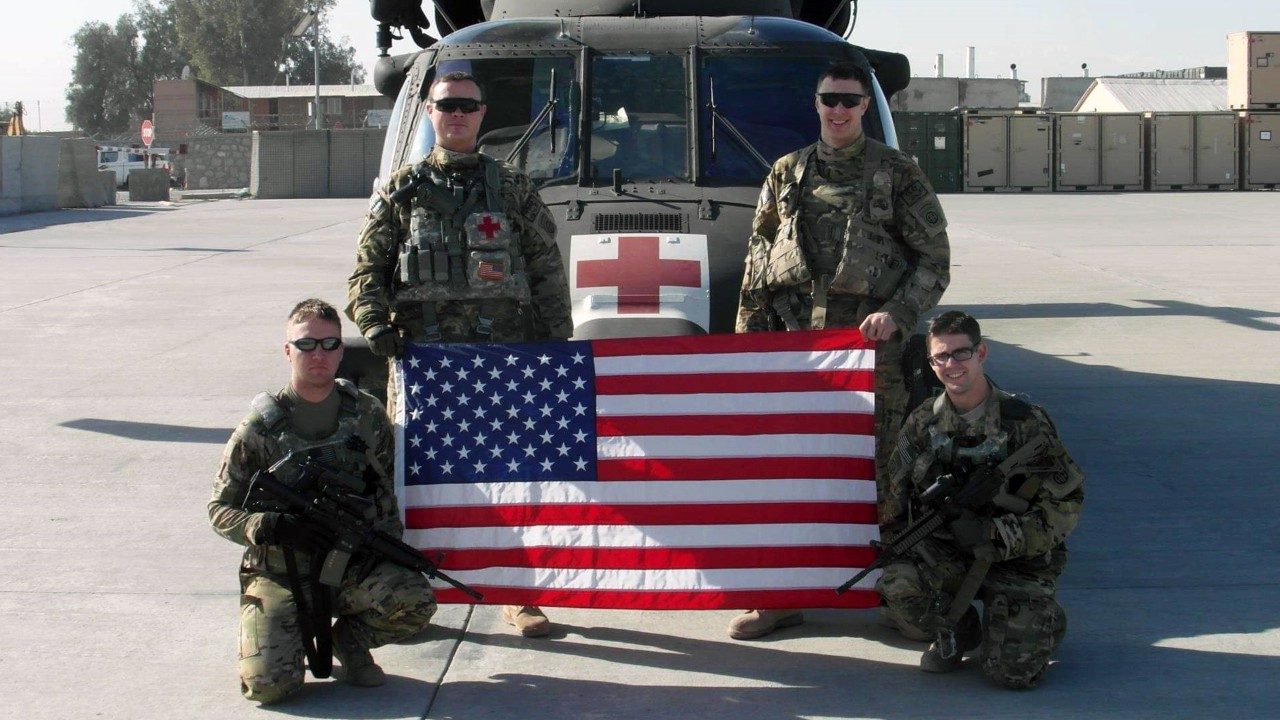The UH-60 Black Hawk is the only thing I've known in my adult life. I enlisted in the Army at age 17 as a crew chief, and for the past 12 years, I've worked with them in many capacities: as a crew chief, mechanic, defense contracting overseas, fighting wildfires in California, depot repair, and now in the Sikorsky engineering lab in Stratford, Connecticut.
No role has shaped my view of the aircraft like that of a medevac crew chief, assigned with the 82nd Airborne in Afghanistan in 2011. As the first unit to deploy with HH-60M, I witnessed firsthand the importance of having a reliable, rugged helicopter for search and rescue. Being able to launch within 10 minutes of getting an alert, flying as fast as we could into the dark unknown, taking fire, picking up wounded men, and getting them to the surgical team within the hour was the most profound experience of my life.
I trusted that aircraft with my life, as did many others.
One specific story that stands out in my mind took place on a humid November morning in Jalalabad, Afghanistan. My crew and I received a call while waiting in line for breakfast. We sprinted to the flight line and jumped in our Black Hawk. By the time the helicopter blades were spinning, we were already receiving patient updates from the ground unit: two critically wounded soldiers needed immediate evacuation to a hospital.
Soon, we reached our landing zone. The Black Hawk landed under the cover of an enormous amount of dust, camouflaging us from any enemy snipers lurking about. As the wheels hit the ground, our medic, Zach, stepped out the door into the cloud of dust and the unknown. Before I could even scan the area for threats, Zach was already back with both patients. On the 20 minute flight to the hospital, one of the patients slipped into shock.

His blood pressure had dropped and the two tourniquets weren't stopping the bleeding. Zach and I took turns stuffing the hole in his leg with gauze, applying pressure and twisting another tourniquet onto his thigh. His pulse grew more faint by the minute. When we were 30 seconds from the hospital, the patient flat-lined. I cranked up the oxygen and Zach began chest compressions. Upon arrival, we unloaded the critical patient first, hoping he would somehow make it through.
Although it’s uncommon for a rescue crew to keep in touch with those they saved — especially in the context of fighting a war — we eventually discovered both patients had lived. Although our critical patient almost certainly lost his leg, we gave him a chance to live a full life, get married and have a child.
There are countless stories of courage and loss that took place in the back of that Black Hawk helicopter. As I get older, knowing the branches of family trees that continue to grow because of the lives we saved while dashing from the battlefield to the hospital is something I'll carry with pride until the day I die.




